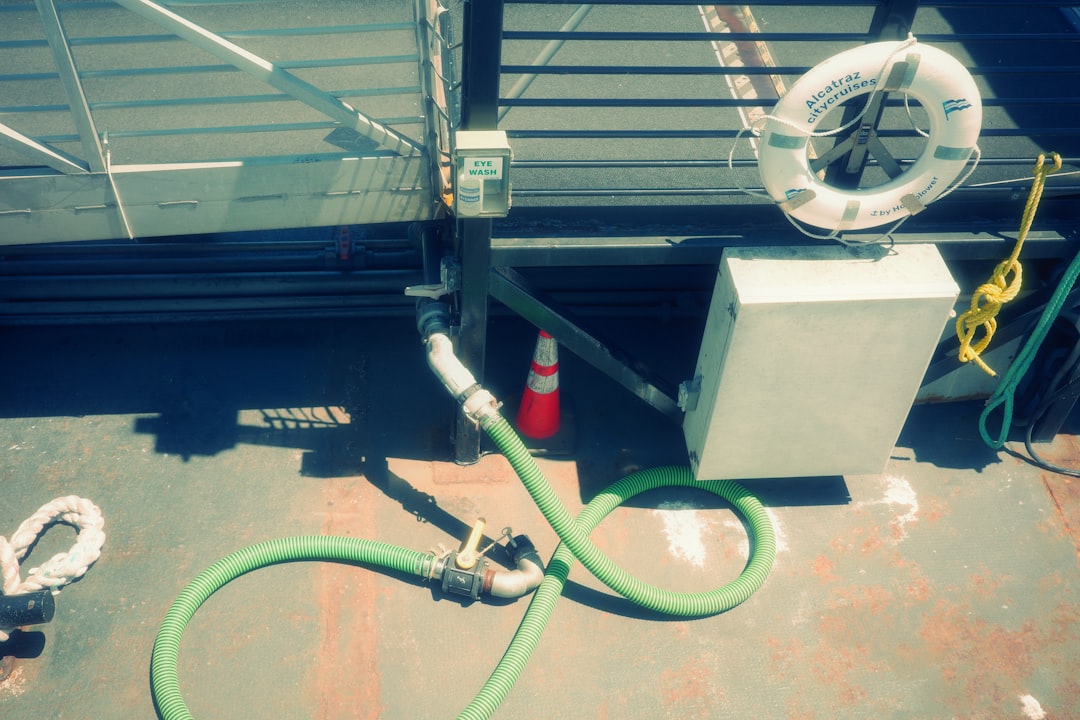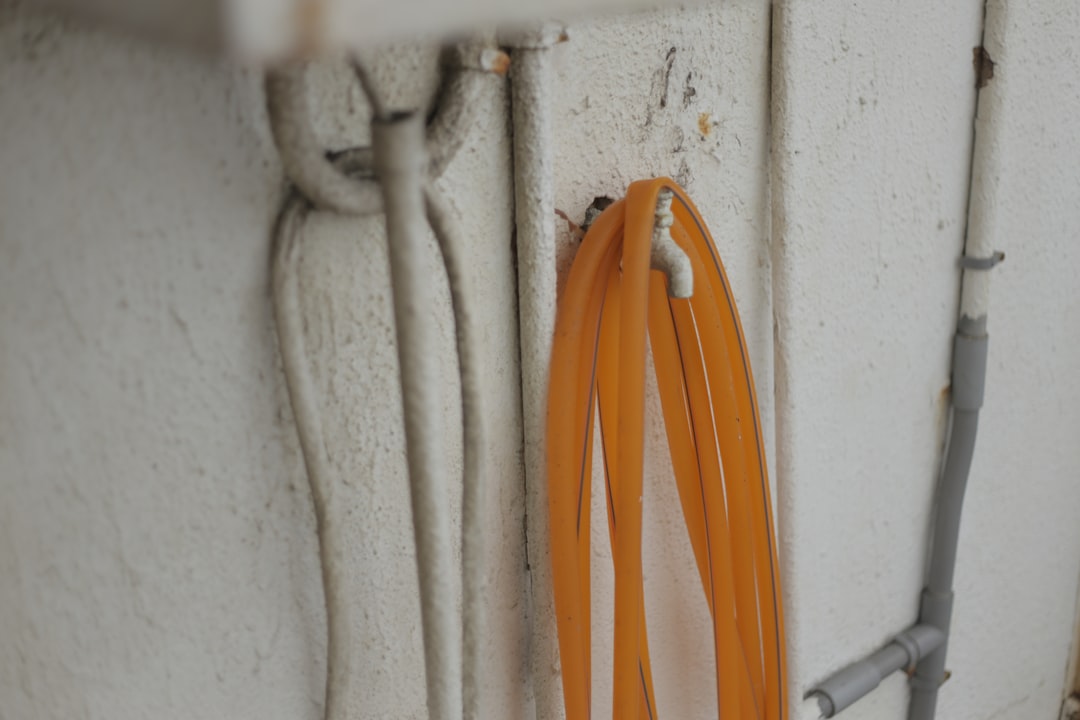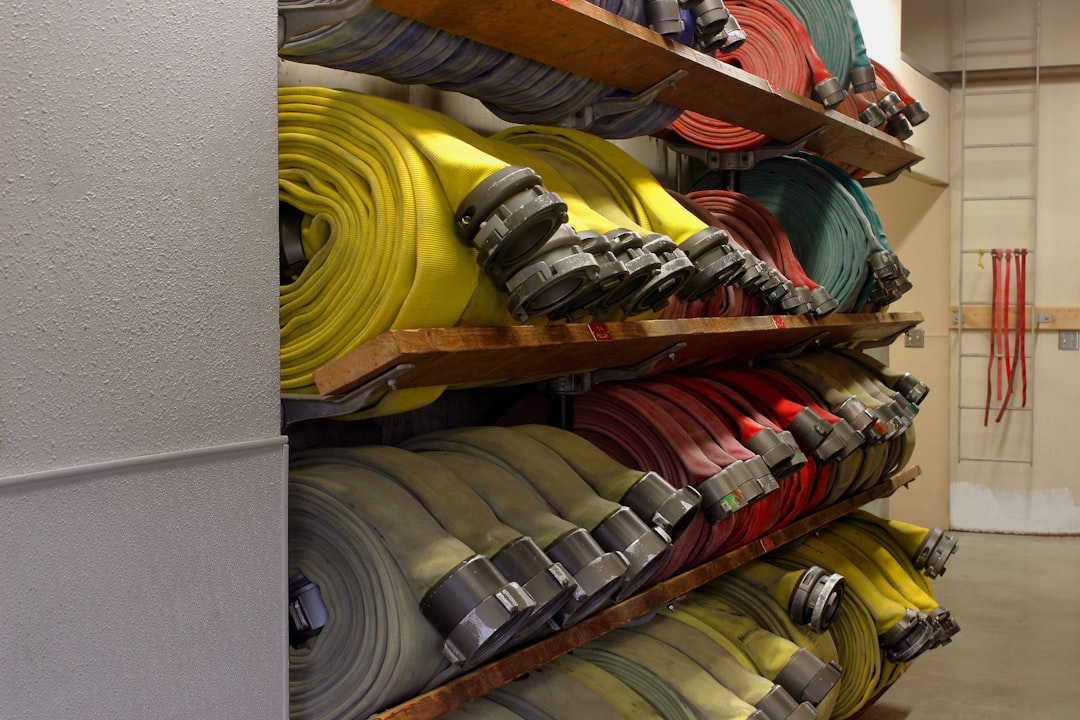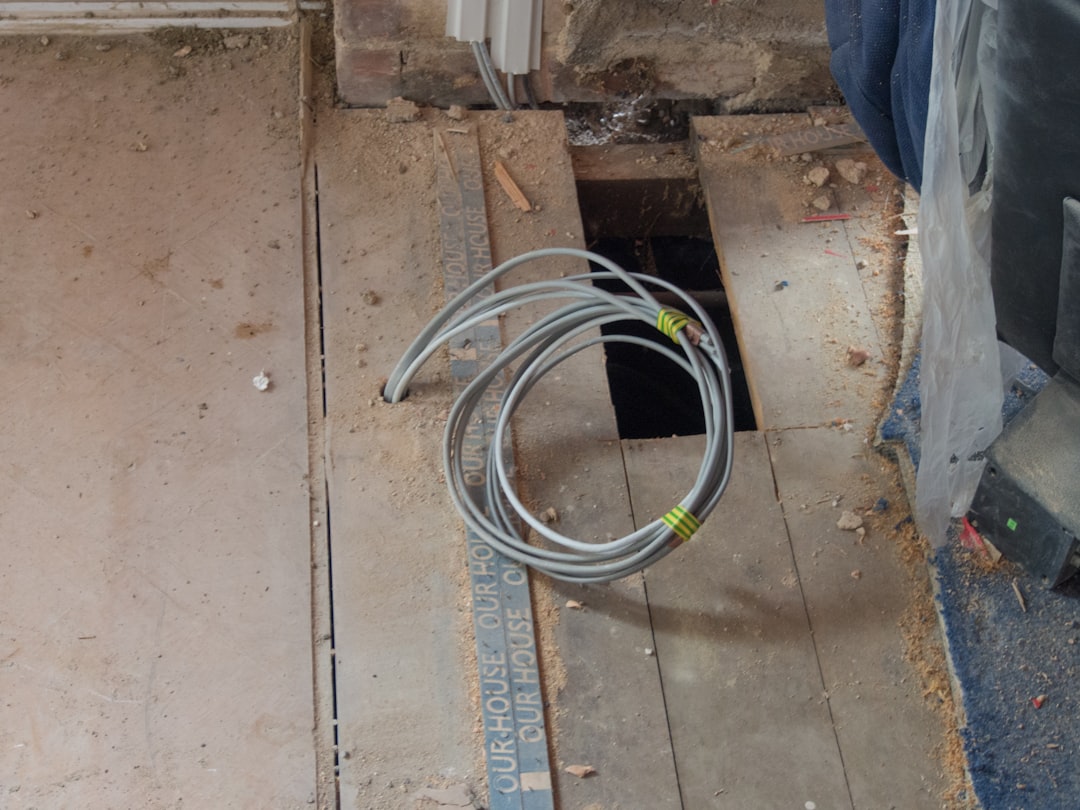

Engage prospects with a scan and streamline customer engagement with FREE QR code marketing tools by Sona – no strings attached!
Create a Free QR CodeFree consultation

No commitment

Engage prospects with a scan and streamline customer engagement with FREE QR code marketing tools by Sona – no strings attached!
Create a Free QR CodeFree consultation

No commitment
Ductless A/C installation services are at an inflection point, as customers increasingly demand energy-efficient, customizable climate solutions in real time. While the popularity of mini-split systems is rising, service providers continue to face persistent operational challenges: missed customer requests, fragmented workflows, and manual paperwork often leave high-value prospects untracked and valuable data lost between touchpoints. In bustling field environments, important job details and customer preferences frequently do not reach centralized systems, causing account records to become incomplete or outdated and undermining both personalization and follow-up opportunities.
QR codes have emerged as essential connectors between offline job sites and the digital infrastructure of ductless A/C service businesses. Offering immediate access to scheduling tools, maintenance histories, or warranty submissions, QR codes simplify processes and automate information exchange, improving both technician and customer experiences. For example, QR codes help ensure that every interaction—from a cost-conscious homeowner’s initial research to a commercial client’s ongoing maintenance consultation—is logged and tracked rather than overlooked; see Sona QR’s HVAC QR guide for practical ideas.
Integrating QR codes into the ductless A/C workflow offers more than just convenience; it turns chaotic, analog processes into streamlined, data-driven operations. This article examines how the practical use of QR codes can close gaps in account visibility, prevent revenue loss caused by disconnected campaigns, and uncover actionable engagement signals, driving operational excellence and genuine customer satisfaction in ductless A/C installation and service. For additional real-world scenarios, explore the Sona QR use case library.

Operational bottlenecks such as misplaced paperwork and outdated checklists often result in missed follow-ups or incorrect installations, especially as service teams expand. These challenges create rework, disgruntled customers, and an incomplete account picture that impedes cross-team collaboration. When installation photos, model numbers, and customer notes are kept on paper or a technician’s personal device, quality control becomes unpredictable.
QR codes connect every phase of the ductless A/C installation and maintenance process through digital touchpoints that enhance visibility and data capture at the point of engagement. Replacing analog steps with scan-to-action workflows standardizes execution, accelerates cycle times, and ensures important information quickly reaches your CRM and service platforms. This leads to fewer errors, faster jobs, and a measurable increase in customer satisfaction.
Adopting a robust QR code management platform such as Sona QR allows ductless A/C providers to standardize field service processes and turn every interaction into an opportunity for operational improvement. With centralized control over codes and destinations, you can update content instantly without reprinting and track performance across locations, teams, and campaigns.

Many ductless A/C providers lack clear insight into who is engaging with their materials or solutions. Prospects often research systems, rebates, or service options without submitting a form, leaving marketing teams to guess which channels are effective. At the same time, technicians still rely on printed manuals and static job packets that quickly become outdated. These blind spots lead to missed follow-ups, increased costs, and inconsistent customer experiences. For a strategic overview on connecting physical to digital, see Sona’s offline attribution.
QR codes address these issues by bringing speed, simplicity, and data to previously untracked moments. When a homeowner scans a code on a postcard to book a consultation or a property manager uses a unit label to schedule maintenance, that engagement is recorded and routed to the correct workflow. Teams gain clarity on what is working, and customers receive faster responses, all without the need to download an app.
By integrating QR codes, ductless A/C businesses gain access to critical engagement signals that are both discoverable and actionable. This creates a closed-loop system where physical interactions feed your CRM, help prioritize outreach, and ensure prospects as well as loyal clients receive timely, relevant communications.
Ductless A/C workflows span field operations, customer service, and marketing, requiring QR code formats that adapt to various scenarios. Whether booking a site visit or referencing a wiring diagram in a crawl space, the format should match the target action.
Effective providers pair formats and destinations that minimize friction at the job site and empower customers to self-serve. Dynamic codes provide the ability to revise content after printing and to measure engagement over time, making them ideal for durable placements such as unit labels or truck graphics.
Dynamic QR codes suit content expected to change, such as promotions, documentation, and seasonal messages. Static codes are appropriate for permanent assets like a universal support hotline or fixed safety video.

Growth stalls when untracked interactions at job sites, in neighborhoods, or at events remain invisible. QR codes should be present wherever prospects already are: in front of equipment, with receipts, or browsing mailers. Strategic placement ensures every scan delivers immediate value and captures data to inform your next move.
To prioritize deployment, identify friction points or failed handoffs. If customers call with basic questions, direct them to a scan-to-FAQ. If follow-ups lag after estimates, introduce scan-to-schedule options so booking is immediate. When technicians need updated schematics, place QR codes on internal job sheets and tool kits.
This method transforms anonymous or lost interactions into actionable insights that drive targeted follow-ups, improve routing, and generate more predictable revenue.

Fragmented data and missed opportunity signals often result in lost revenue, especially when maintenance or upsell opportunities are not surfaced at the right time. Well-placed QR codes turn routine touchpoints into high-value actions and create a dependable flow of insights.
The following use cases are tailored to common ductless A/C interactions, from installation to ongoing service. Each example combines customer convenience with operational efficiency, providing benefits for both parties.
Each use case demonstrates how every scan signals intent, powering operations, marketing, and sales with previously invisible engagement data.
Each QR code scan provides insight into who is interested, in what, and where. By deploying distinct codes across the customer journey, you can segment audiences automatically and prompt tailored follow-ups. For ductless A/C, this means differentiating between a homeowner seeking comfort upgrades, a property manager booking maintenance for multiple units, or a contractor exploring options for a renovation. For more on behavioral signals, see Sona’s intent data guide.
When scan data flows into your CRM and ad platforms, outreach can be prioritized based on real behavior, not speculation. For example, a homeowner who scans a cost calculator and then a financing page is likely much closer to purchase than someone who only views a brochure. To convert these signals into results, refer to Sona’s intent retargeting playbook.
With Sona QR, each code acts as a smart entry point into your funnel. Identity resolution and journey mapping enable you to retarget based on genuine behavior, reaching the right person at the right moment with the right message. For campaign planning inspiration, review this QR marketing guide.
Disconnected campaigns result in inconsistent experiences and wasted resources. QR codes serve as connective tissue, transforming print and in-person touchpoints into measurable digital journeys. This empowers marketing and operations teams to execute coordinated efforts across neighborhoods, events, and service calls while capturing data from each scan.
For ductless A/C providers, the most effective results occur when QR codes are integrated into existing channels. Whether you rely on direct mail to drive consultations or elevate job-site visibility to encourage referrals, make each touchpoint instantly actionable and trackable.
Centralized management through Sona QR keeps your codes and destinations consistent, secure, and measurable. Scan data is synced with your CRM and analytics, unifying performance insights for marketing and service teams.
Launching a QR initiative is most effective when you start with operational goals and customer needs. Before creating a code, define your desired outcome, target audience, and the context where the scan will occur. An effective QR program replaces analog friction with digital clarity and provides your team with actionable data for continuous improvement.
Below are five steps that cover strategy to optimization. Use these steps to pilot a program on one service line, then scale across your fleet, marketing, and customer care. With Sona QR, you can execute each step, from generating dynamic codes to syncing scan data with your CRM in minutes—Start creating QR codes for free.
Begin by pinpointing the moment to improve. Common objectives include reducing installation errors, increasing post-install reviews, enrolling customers in maintenance plans, or personalizing communication by customer type. Link your choices to measurable business outcomes, such as minimizing callbacks or increasing maintenance plan sign-ups.
Decide between static and dynamic codes. Use static codes for unchanging destinations like a universal safety video. Opt for dynamic codes to update links, gather analytics, and run A/B tests without reprinting—essential for marketing, documentation, and persistent placements like unit labels.
The design of your QR code impacts both its scan rate and field usability. Incorporate your brand elements without compromising readability and pair the code with a compelling, benefit-oriented CTA. Test extensively to prevent surprises.
Publish codes where they eliminate friction or capture demand. Start with a handful of high-impact placements like unit labels and appointment cards, and expand to direct mail, job-site signage, and technician badges as you validate results.
Measurement brings your efforts full circle. Treat each code as its own mini-campaign, track performance, and refine accordingly. Share results with field leaders and marketing so improvements accumulate across the organization.
This structured method ensures your campaigns remain relevant and operational value grows over time. Sona QR streamlines these steps with dynamic code editing, analytics, and integrations that send scan events directly into your CRM and marketing tools.

A persistent challenge in ductless A/C services is the lack of granular insight into which physical interactions result in revenue or repeat business. Traditional analytics rarely tie a yard sign or invoice insert to a booked job or maintenance plan. Without this connectivity, investments and team needs are often based on guesswork.
Modern QR solutions close this gap by linking scan events to downstream actions and revenue. When codes are dynamic and integrated with your CRM, you can identify which assets drive quotes, which technician badges lead to reviews, and which neighborhoods respond to seasonal offers. This turns QR from a basic tool into a driver for performance marketing and operational intelligence. For context on connecting scans to business impact, read Sona’s revenue attribution.
With Sona QR and Sona.com, you can manage codes, monitor real-time performance, and connect engagement to revenue. Sona’s identity resolution and multi-touch attribution clarify how physical interactions contribute to your pipeline, allowing for effective budget allocation.
QR programs scale best when aligned with daily field operations and the customer journey. This means using unique codes for each asset, clear CTAs, and automation to maintain momentum after the scan. It also involves empowering technicians to present QR codes as a benefit, not a burden.
Focus on media that teams and customers regularly interact with: invoices, estimates, door hangers, and unit labels can carry strong value propositions and create measurable actions without adding friction.
Creative deployments can boost results rapidly. For example, attach QR codes to seasonal tune-up magnets that link to booking calendars with available time slots. Or include codes on invoices, enabling auto-renew maintenance plan sign-ups with a single scan and e-signature.
QR codes now play a vital role in transforming ductless A/C installation service operations by bridging process gaps that have long hindered efficiency and revenue growth. As every physical surface becomes a digital entry point, handoffs improve, data loss is minimized, and teams gain the visibility needed to deliver consistently. Customers benefit from faster responses, fewer errors, and clearer next steps, while providers gain measurable engagement and a stronger sales pipeline.
By thoughtfully integrating QR codes throughout each stage of ductless A/C installation and service, providers overcome challenges of missed opportunities, fragmented data, and disconnected campaigns. This technology connects technicians, customers, and company systems in a way that speeds up scheduling, reduces paperwork, and captures crucial engagement signals for ongoing improvement. With Sona QR, you can generate dynamic codes in minutes, update destinations without reprinting, and tie scans to meaningful business outcomes through Sona.com’s attribution tools. Start creating QR codes for free.
QR codes have transformed ductless A/C installation services from routine fieldwork into a streamlined, data-driven operation. By enabling technicians to instantly access equipment specs, installation guides, and maintenance records on-site, QR codes reduce errors, speed up service, and enhance customer satisfaction. Imagine technicians resolving issues faster and customers appreciating seamless, transparent service—all while your business gains actionable insights into technician performance and service trends.
With Sona QR, you can create dynamic, trackable QR codes that update instantly without costly reprints, linking every scan to service outcomes and customer feedback. This means smarter technician support, improved first-time fix rates, and a stronger reputation that drives customer acquisition and repeat business.
Start for free with Sona QR today and turn every scan into a powerful tool for improving ductless A/C installations—and growing your business.
Ductless A/C systems offer energy-efficient, customizable climate solutions with faster responses, fewer installation errors, and reduced paperwork compared to traditional systems.
The article does not specify the cost to install a ductless A/C system.
Choose providers that use streamlined, data-driven processes such as QR code integration to ensure accurate installations, timely follow-ups, and improved customer communication.
Maintenance includes scheduling filter changes and service visits, which can be streamlined using QR codes on unit labels and service logs to automate bookings and reminders.
Ductless A/C systems are increasingly popular because they provide energy-efficient solutions tailored to customer preferences, making them more efficient than traditional central A/C in many cases.
QR codes connect offline job sites with digital systems, enabling real-time scheduling, maintenance history access, warranty submissions, and data capture that reduce errors and enhance customer satisfaction.
They face issues like missed customer requests, fragmented workflows, manual paperwork, and incomplete account records causing delays, errors, and lost revenue.
Common QR code formats include web links for booking and manuals, vCards for contact info, SMS or email for service requests, Wi-Fi access for IoT devices, and app downloads for diagnostics.
QR codes should be placed on system units, work orders, receipts, marketing materials, job-site signage, and technician badges to capture customer and technician interactions.
By assigning unique codes to different customer journey stages and syncing scan data with CRM and ad platforms, providers can segment audiences and personalize follow-ups effectively.
Steps include choosing use cases, selecting QR code types, designing and testing codes, deploying across channels, and tracking performance to optimize results.
Tracking scans captures data like time, location, and device, linking interactions to revenue and enabling better attribution, customer insights, and targeted marketing.
Use unique codes per asset, append tracking parameters, automate post-scan workflows, and train technicians to promote QR code benefits to customers.
Use Sona QR's trackable codes to improve customer acquisition and engagement today.
Create Your FREE Trackable QR Code in SecondsJoin results-focused teams combining Sona Platform automation with advanced Google Ads strategies to scale lead generation

Connect your existing CRM

Free Account Enrichment

No setup fees
No commitment required

Free consultation

Get a custom Google Ads roadmap for your business






Launch campaigns that generate qualified leads in 30 days or less.
